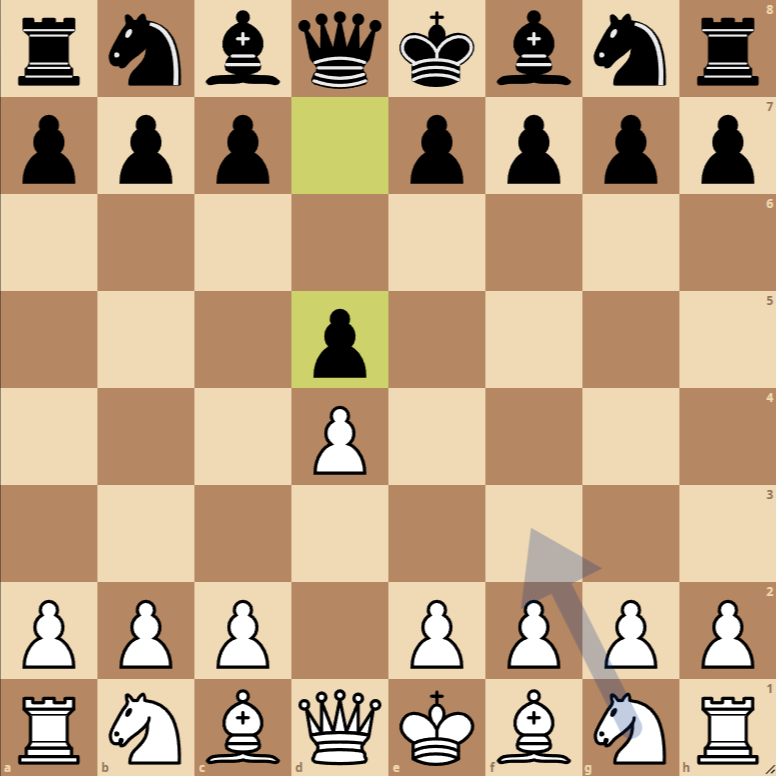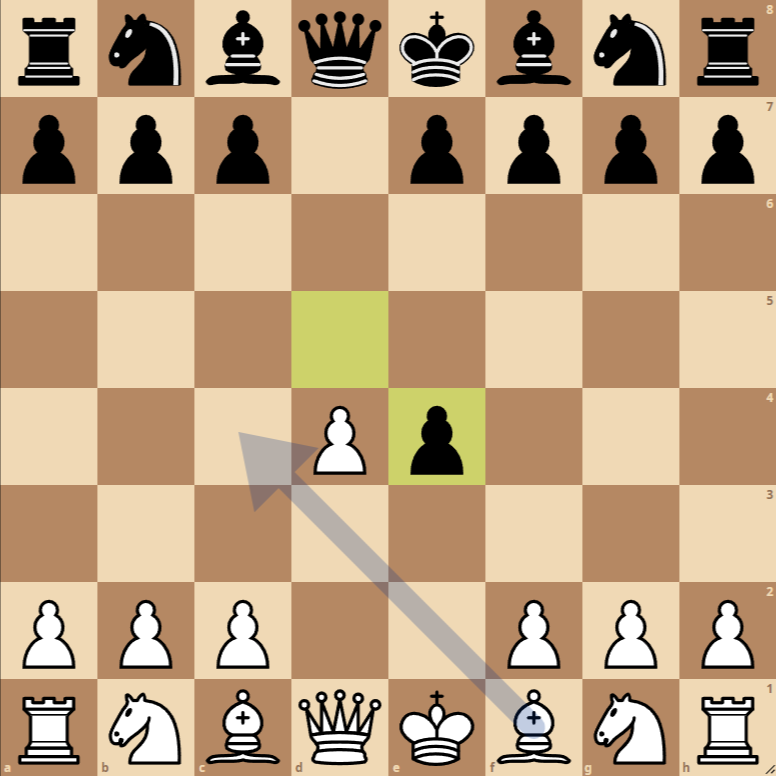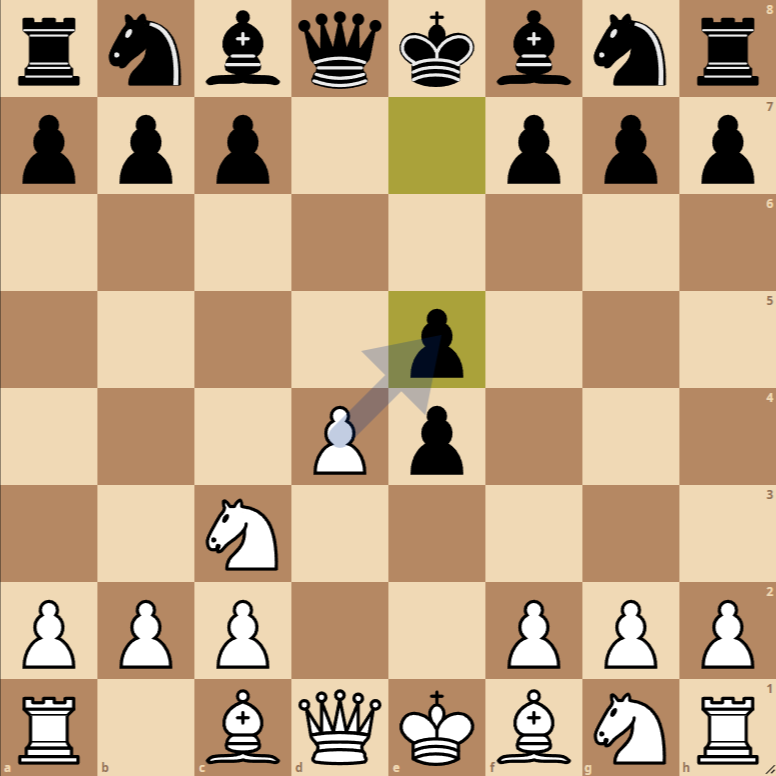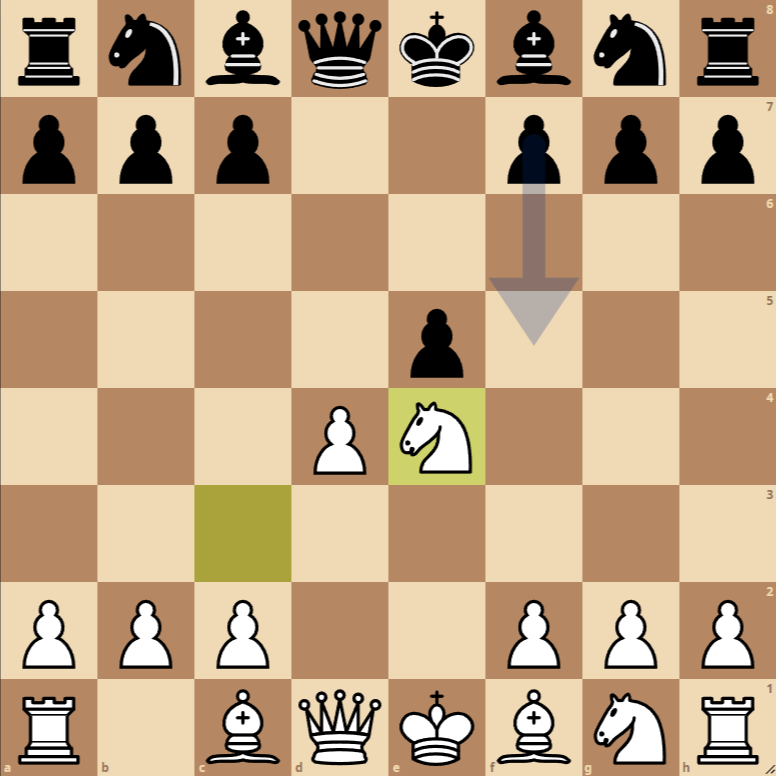How to Play the Blackmar-Diemer Gambit Lemberger Countergambit Lange Gambit



- 1. d4 d5: White initiates control of the center, and Black responds likewise, a fundamental principle in the opening of a chess game.
- 2. e4 dxe4: White offers a pawn to disrupt Black’s pawn center and gain space and development advantage. Black accepts the gambit by capturing the pawn on e4.
- 3. Nc3 e5: White develops a knight to the center, increasing control on the board and preparing to recapture the pawn. Black advances the pawn to e5, aiming to maintain material advantage and central space.
- 4. Nxe4: White recovers the lost pawn and places the knight in a strong central position, preparing for further development and possible future attacks.
Variants of the Blackmar-Diemer Gambit Lemberger Countergambit Lange Gambit
Lemberger Countergambit
In this variant, the focus is on how Black responds to the gambit proposed by White. Instead of playing defensively, Black chooses to counterattack by offering material in exchange for activity and piece development.
Lange Gambit
This variant involves a more aggressive acceptance of the gambit by Black, aiming to accelerate piece development in exchange for a pawn. The idea is to counter White’s expanded center with active play and immediate pressure.
In the game developed through the provided algebraic notation
We find ourselves facing an interesting variation of the Blackmar-Diemer Gambit, evolving into the Lemberger Countergambit and possibly the Lange Gambit, depending on Black’s decisions. The resulting position after 1.d4 d5 2.e4 dxe4 3.Nc3 e5 4.Nxe4 presents a dynamic battlefield where both sides have tactical and strategic opportunities to explore.
Strategies and Tactics for White
White has sacrificed a pawn on e4 with the hope of gaining an advantage in development and piece activity. The move 4.Nxe4 recovers the pawn and places the knight in a strong central position. From here, White can aim to expand influence in the center and create direct threats against the Black king.
Next Best Move: White may consider playing 5.dxe5 to open lines and diagonals, which could allow effective development of the light-squared bishop, targeting the Black king’s flank. Another idea is to prepare kingside castling to ensure the safety of the White king and connect the rooks.
Long-term Strategy: White’s primary goal is to maintain pressure in the center and on the Black king’s flank, utilizing their more developed pieces to generate threats and exploit weaknesses in Black’s position.
Strategies and Tactics for Black
Black aims to counteract the pressure in the center and on their king, leveraging the extra pawn and seeking to unbalance White’s piece positions.
Next Best Move: For Black, options like 5…exd4, allowing easier piece development, or 5…Dxd4, directly challenging the center and potentially leading to beneficial exchanges, are critical. The move 5…f5 aims to counter the influence of the White knight on e4 and can lead to more complex and dynamic positions.
Long-term Strategy: Black should focus on completing their development, especially mobilizing the dark-squared bishop and looking for opportunities to castle. Control of the center remains crucial, and Black must be prepared to counter White’s attempts to dominate this area of the board.
Conclusion
In this stage of the game, the battle revolves around control of the center and piece activity. White, having sacrificed material early, seeks to justify this sacrifice through active play and constant pressure. Black, on the other hand, must be cautious but also seek opportunities to counterattack, capitalizing on any mistakes by their opponent. The choice between 5…exd4, 5…Dxd4, or 5…f5 will define the course of the game, each leading to different tactical and strategic paths.

